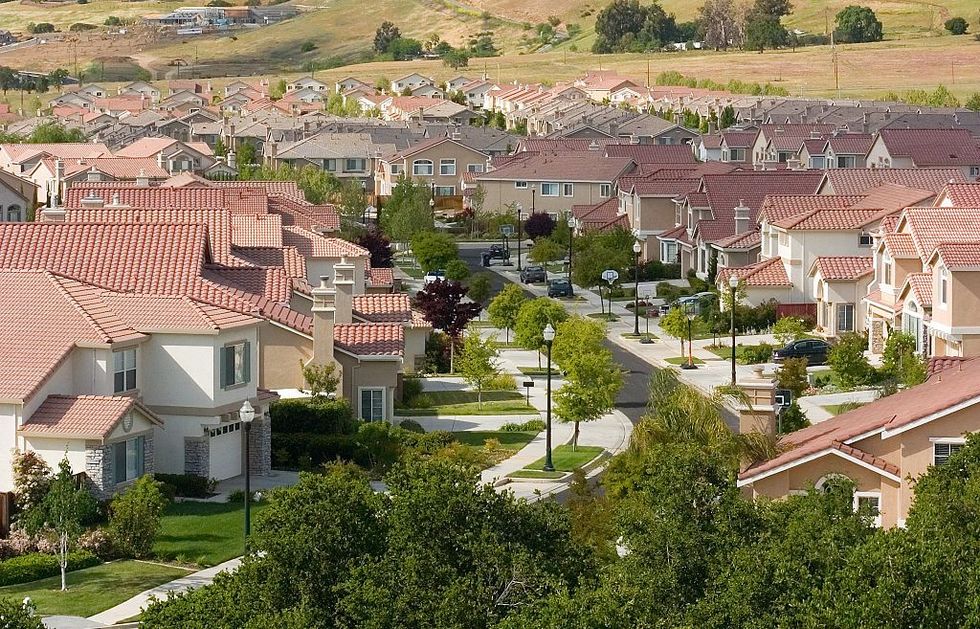I’m sick of post-election articles about “understanding the white working class.” Not because I’m a Trump supporter who hates the “biased” media—I proudly voted for Hillary Clinton—nor because I’m a coastal liberal elite afraid to leave my bubble—I’m certainly not an elite, and while I may be a liberal now, I spent much of my life in the equally-as-strong conservative bubble. It’s because I’m from a small town in Michigan; my family is that very white, working class that coastal pundits are now wringing their hands trying to understand, as if we’re an exotic species to be studied.
Now, this increased focus on my demographic isn’t all bad. It’s true that changes like automation have gutted the traditional manufacturing economy of the Rust Belt, and that rural areas feel ignored or scoffed at by urbanites. What frustrates me is that these articles are overly simplistic. There’s more at work here than just the Democratic party not pandering enough to disaffected ex-factory-employees. What I’ve found lacking in many post-election analyses is a critique of a group that was just as responsible for Trump’s victory and that worries me more: the white upper class.
I can, to some extent, feel compassion for the white working-class who gravitated to Trump’s bravado about bringing their jobs back and recreating a world where rural America wasn’t gutted by falling wages, depopulation, and meth and opiates. It’s much harder to do that with the white upper-classes. If they weren’t voting for Trump because of his empty promises on the economy—then why? His xenophobia? His misogyny? His strongman persona? It’s hard to find a justification I don’t find abhorrent.
Between college graduation and finding a job in Chicago, I lived at home from June through November of last year. I became fascinated with observing which areas of my county had higher proportions of Trump or Clinton signs. Unsurprisingly, the more rural areas had more Trump signs. St. Joseph—my hometown, 90 percent white and much wealthier and better educated than the rest of the county—was more of a mixed bag. Except there was one area of town with a pro-Trump trend: the beachfront houses, some of the most expensive and coveted in town. These are people who, in all likelihood, have not had their way of life shattered by automation and globalization. They may even own two homes, since, in the summer, they run a side business renting out their beachfront home to Chicagoland tourists.
Post-election, I decided to take these observations further by looking at precinct-level election results. On the whole, my county went solidly Trump. St. Joseph voted for Hillary, but barely. Her margin of victory was 51 votes, and it was the slimmest—just seven votes—in precinct one: downtown St. Joseph, which encompasses the historic mansions, the riverfront condos, and those beach houses I ran past. St. Joseph Township, where income is even higher than in the town proper, went for Trump by a much larger margin: 664 votes, or 11.8 percent. St. Joseph Township is the closest my county has to the suburbs, and, like suburban voters nationwide, their precincts voted Trump.
I know enough about statistics to know that correlation doesn’t imply causation. There are certainly upper-class people in St. Joseph who voted for Hillary; I know some personally. But based on those numbers, there also have to be upper-class people who looked the other way on Trump’s problems. I know some of them personally, too.
And, to broaden my data, let’s look at the other place I call home: Chicago. Unsurprisingly, Hillary got 84 percent of Chicago’s votes. She won in 76 of the city’s 77 official community areas. The exception was Mount Greenwood, at the very edge of the city, heavily white and with a median household income of almost $90,000.
These examples abound when we look at national news: Peter Thiel. The Cubs owners. Speaking of sports, Patriots owner Robert Kraft, along with coach Bill Belichick and quarterback Tom Brady. Executives at, among other companies, New Balance, who decided Trump’s stance on the Trans-Pacific Partnership outweighed all else. The roughly half of people with incomes over $100,000 who voted for Trump, or the half of white college graduates who did (according to New York Times exit polls).
These are people who decided that Trump’s ability to make them even more fabulously wealthy was all that mattered. These are people who likely went to a college where they met a diverse range of people but still did not decide to value that diversity. These are people who were willing to throw everyone less privileged under the bus. These are the people who, post-election, I truly disdain.
So why all the reporters travelling to Rust Belt towns like trailblazing anthropologists? Why so many people reading Hillbilly Elegy? Maybe because urban liberals don’t want to admit that their cities are not the multicultural utopias they think they are. It’s easier to imagine hate crimes only happen somewhere else, are only committed by uneducated, Bible-thumping hicks in Mississippi or Iowa. It’s much more comforting to put all the blame on others instead of paying attention to the ugliness in their own backyards: in the Manhattan high-rises and the picket-fence-surrounded houses of the suburbs, in the rich, white, college-educated Americans comfortable enough in their own lives to ignore everyone else.



















